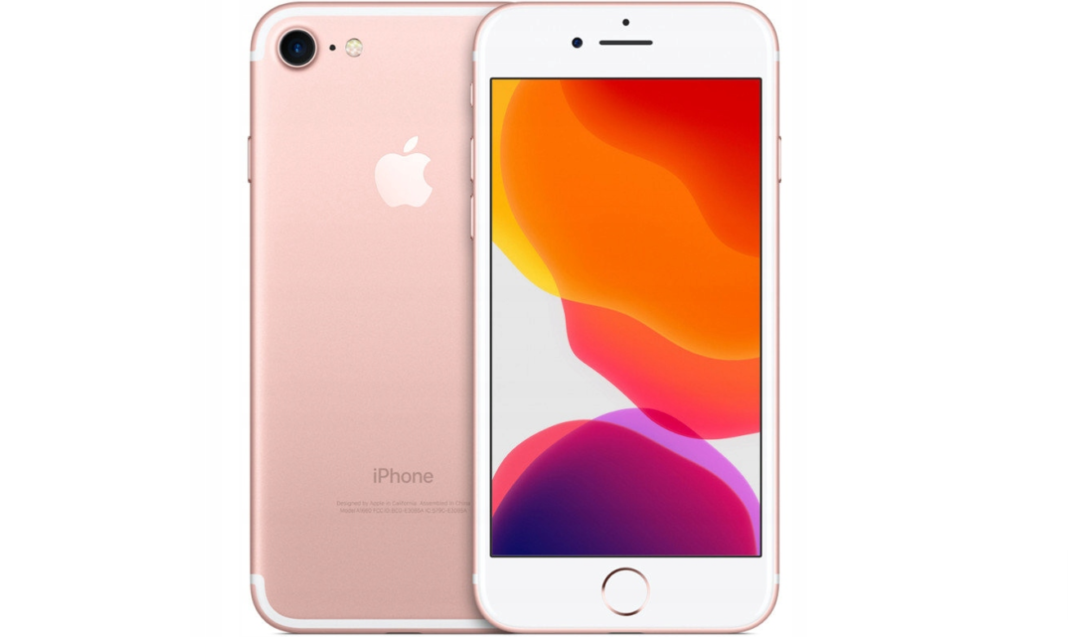What is it?
The follow-up to Apple's iPhone 6s. It has a sleek design, but looks very similar to its predecessor. The screen measures 4.7-inches at HD resolution (1,334 x 750p), which is the same size as both the 6 and 6s.
You can choose between 32GB, 128GB and 256GB. The 16GB model has been dropped – a positive move by Apple because the operating system takes up most of this space.
There are six colours to choose from – jet black, black, gold, silver, rose gold and red (which comes courtesy of the Product Red charity).
What’s it like to use?
Apple says that its Retina HD display has improved since the iPhone 6s, and our test lab agrees. The screen is quite bright during the day even under sunlight and in low light conditions, the display is really easy to read. The phone’s ‘Night Shift’ mode can be used to give the screen a much warmer colour temperature which is easier on the eyes at night.
The impressive screen doesn't take a toll on the speed of the phone – it’s decent while you’re using it, thanks to the A10 processor. However, it can't quite compare to the newer models.
We tested the iPhone 7 and 7 Plus against claims that they can survive immersion in 1 metre depth of water for 30 minutes – and both passed. Both were fully functional when we took them out of the water and gave them a good drying down.
How long does the battery last?
The iPhone 7s battery is pretty pitiful. It had us waiting for a full three hours before it was fully charged and once it was, it only lasted for 18.5 hours of use, from full battery to flat. That's not far off the 20.5 hours of use we got out of the 7 Plus, which isn’t very good either.
A 15-minute charge will leave you sitting at 12% battery. With the iPhone 7, that’s barely enough to go to the shops and back before its battery dies – it will last for two hours of use.
How good are the cameras?
The rear camera on the iPhone 7 is excellent, taking detailed photos even in low light. It's the same 12Mp camera as the iPhone 6s, but is boosted by optical image stabilisation (OIS) – meaning you can take clear photos even when you're on the move. The iPhone 7 also has a larger aperture than the 6s (f/1.8 vs f/2.2) – which means the lens lets in more light and is better at picking out detail in darker locations.
Like the 6s, the 7 is capable of capturing 4K video. This super-high resolution is easy on the eye, but not on your storage – you'll need to use iCloud or a laptop to keep large amounts of 4K footage.
The front-facing camera is a 7Mp snapper. It's great at taking sharp photos, although they are slightly dark.
Is there anything I should watch out for?
As you'll almost certainly already know, Apple ditched the headphone socket with the iPhone 7. This riled many people, as it means you aren't able to plug in a standard pair of headphones. If you want to stick with wired headphones, you'll need to plug them into the Lightning port on the phone. Apple provides an adaptor in the box for you to use with any of your current headphones. The iPhone 7 also ships with Apple EarPods in the box.
Is there anything else I should know?
The Home button is not like the button we're accustomed to on older Apple phones. It's pressure sensitive rather than clickable, and offers simulated click feedback when you touch it. You can’t use gloves with the home button anymore as you could with the iPhone 6s because it requires touch contact. All of that said, the fingerprint sensor is still present.
Should I buy it?
This is a decent phone but nothing that competes with our higher scoring models, and it's now largely unavailable to buy new, but it's popular in the refurbished and second-hand market. Prices will vary according to the seller, model, and the phone's condition. However, due to the age of this phone and the brand’s update policies, we suspect it will stop receiving important security updates in less than a year, so we can’t recommend that you buy. Find out more in our guide to mobile phone security and our guide on how to buy a second-hand phone.





